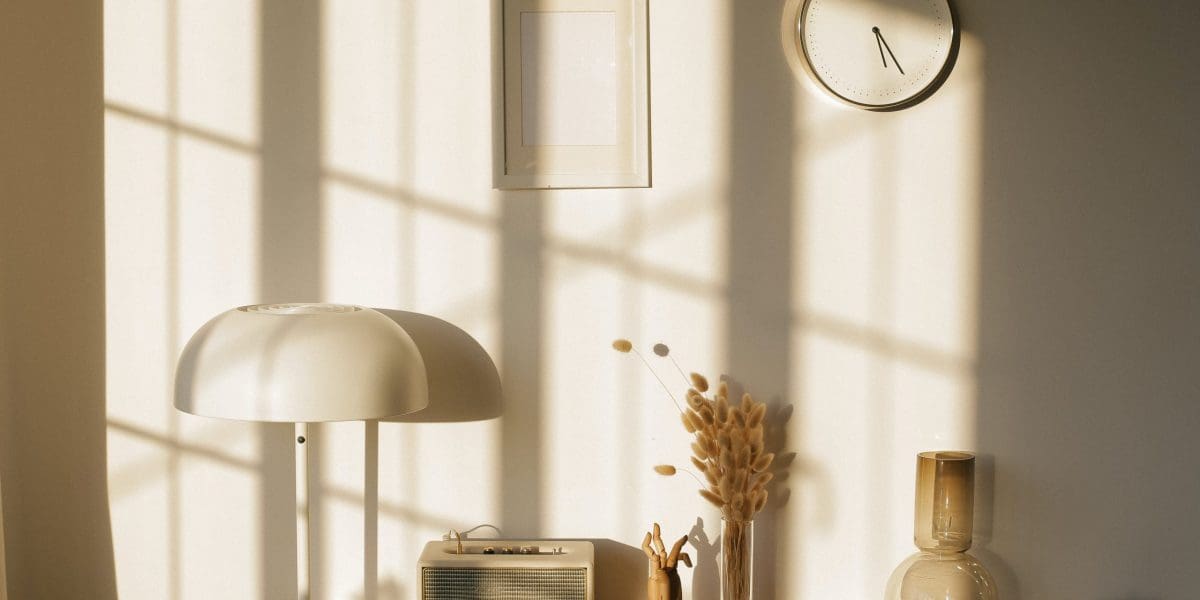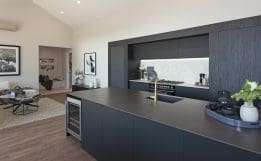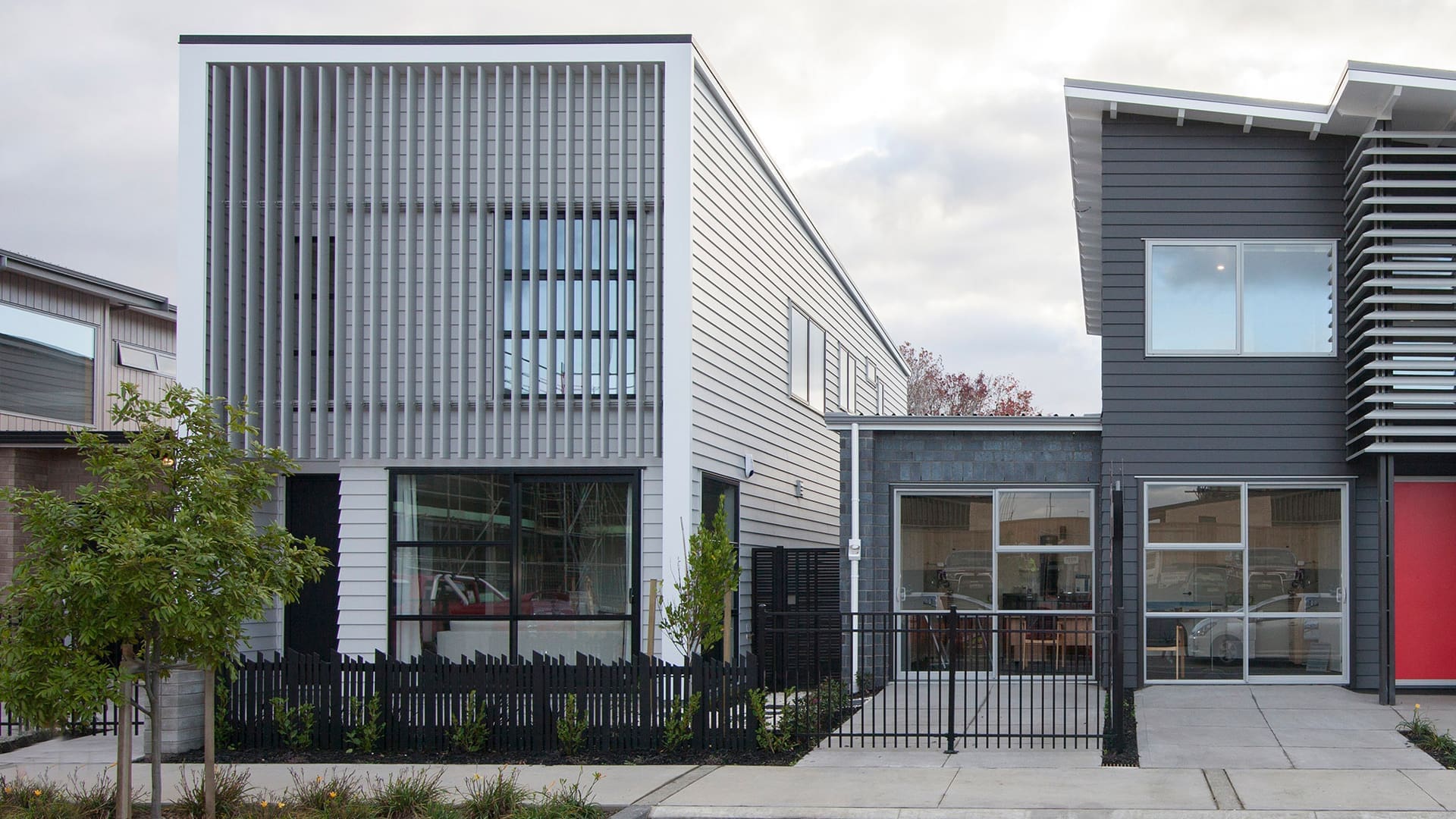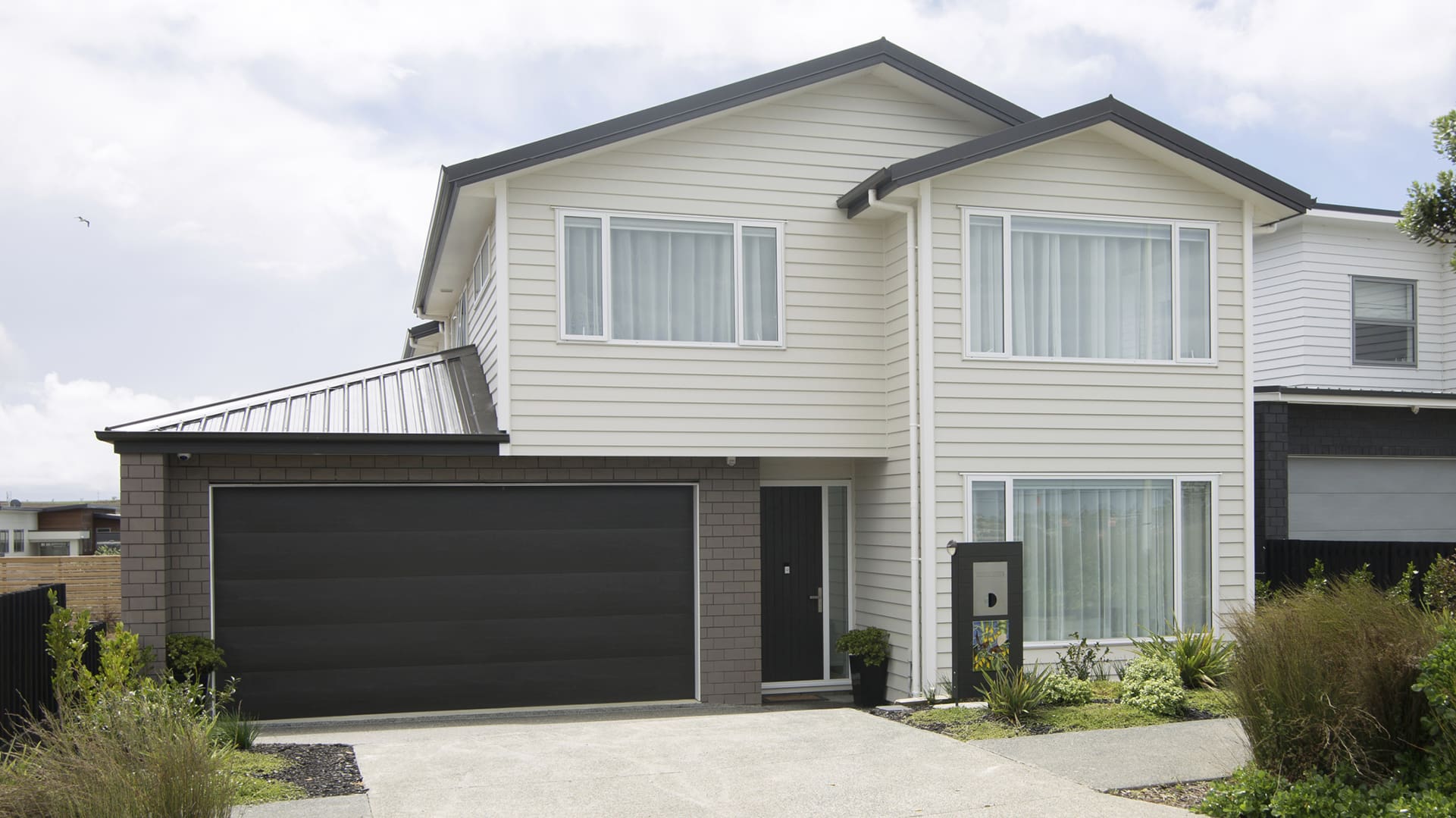Passive Design: The Future of Energy-Efficient Building
Passive design is a concept that has been gaining popularity in recent years as people become more conscious about their impact on the environment. It is a way of designing buildings that maximises the use of natural light, wind and temperature to reduce the need for artificial heating and cooling systems. The goal of passive design is to create a comfortable and sustainable living environment that is energy-efficient and reduces carbon emissions.
Passive design is not just about the appearance of a building, but rather its functionality. By paying attention to the orientation of a building, the design of its walls, floors, windows and roof, and how they interact with the environment, this design method can create a comfortable living space that is self-sufficient and requires minimal energy use.
One of the key features of passive design is the use of natural light. By designing buildings that allow natural light to penetrate deep into the interior, energy costs for lighting can be reduced. This not only saves energy but also creates a more pleasant and healthy living environment.

Another important aspect of passive design is the use of thermal mass. This is achieved by designing buildings with materials that can absorb heat during the day and release it during the night, helping to regulate temperature and reducing the need for heating and cooling.
Passive design also incorporates the use of shading and ventilation. By incorporating shading elements such as balconies, eaves and pergolas, direct sunlight can be reduced and homes can be protected from overheating. Ventilation, on the other hand, helps to draw fresh air into the building and reduce the need for air conditioning.
This sustainable design standard can be applied to both new and existing buildings. In new buildings, passive design principles can be incorporated into the design and construction process, resulting in a structure that is energy-efficient from the get-go. In existing buildings, passive design principles can be implemented through renovations, such as upgrading insulation, adding skylights or shading devices, or sealing air leaks.

Passive design is one of the most promising solutions for creating energy-efficient and sustainable living environments. By utilising natural resources such as light, wind and temperature, this design approach can reduce the need for artificial heating and cooling systems, reducing energy costs and carbon emissions. Whether you’re building a new home or renovating an existing one, incorporating passive design principles into your building project is a sure step towards a more sustainable future.












